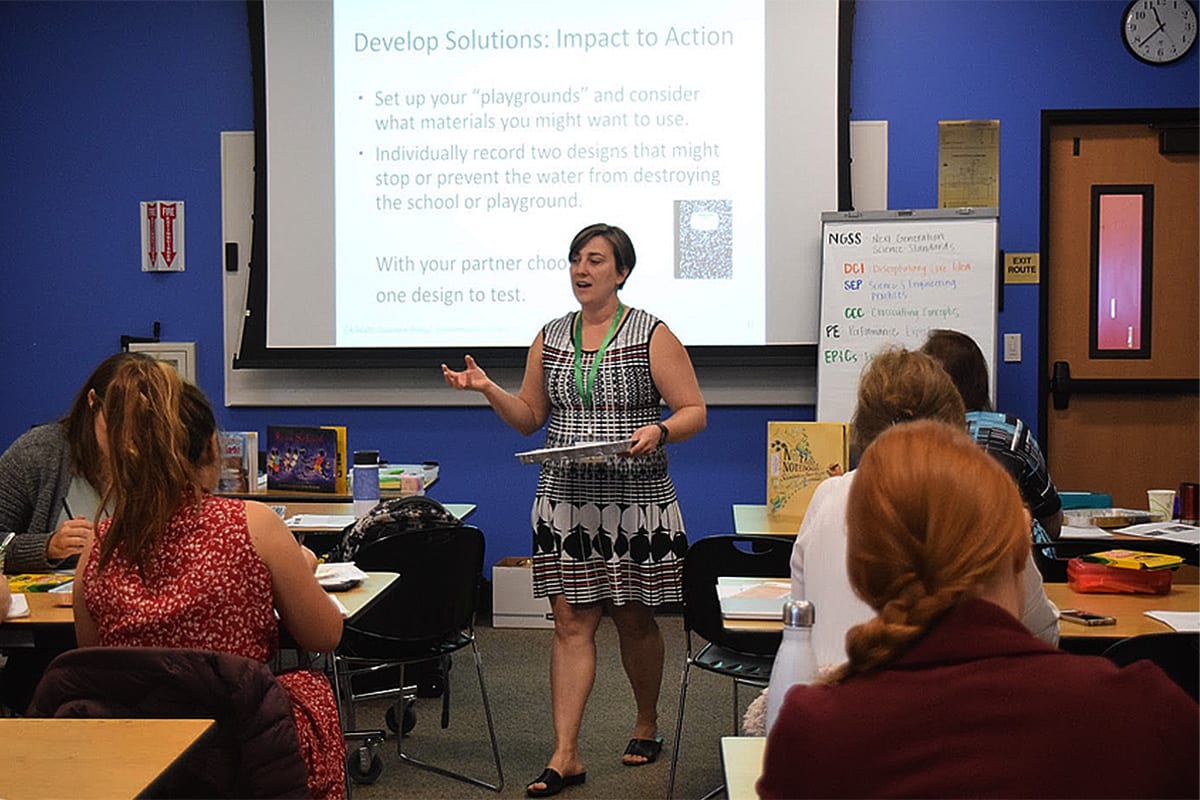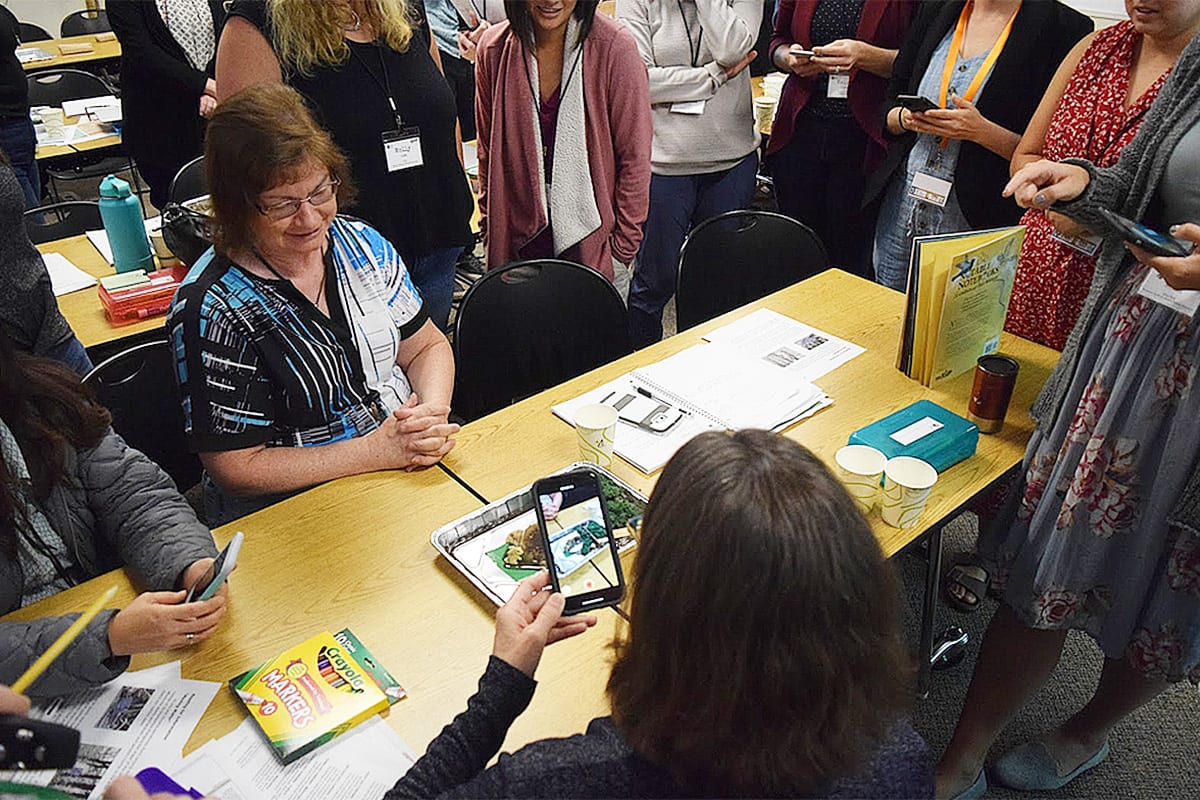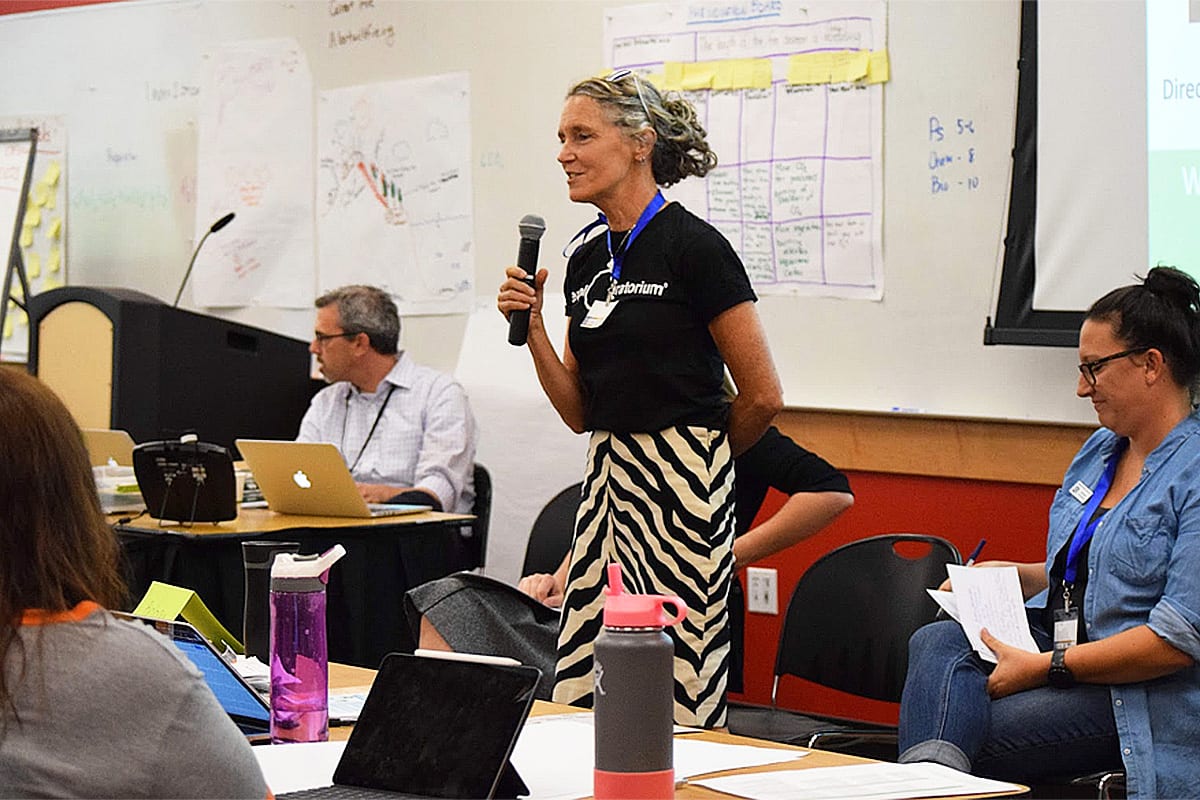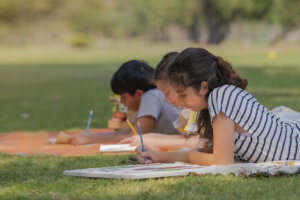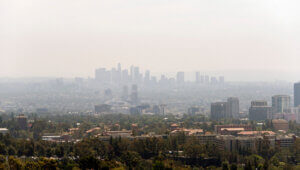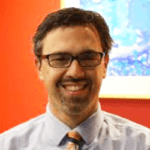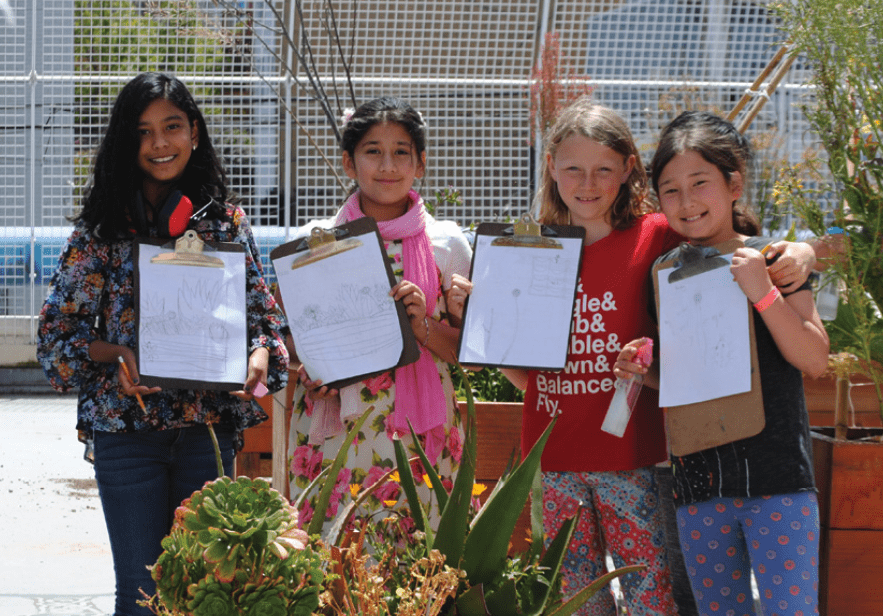“Pour ce qui est de l’avenir, il ne s’agit pas de le prévoir, mais de le rendre possible.”
(“As for the future, it is not a question of predicting it, but of making it possible.”)
~Antoine de Saint Exupéry (1948)
The Intergovernmental Panel on Climate Change (IPCC) issued a special report in 2018 on the current consequences of global warming, and included several predictions about the future of our planet if global temperatures continue to rise to even higher levels. To those of us who view ourselves as stewards of the Earth and all its inhabitants, this report served as a call to action. We can already see the impact that this report has had directly on youth globally, who are organizing en masse and have taken to the streets, protesting and holding older generations to account for not responding to serious issues quickly enough to reverse these negative trends. These young activists are emboldened by their awakening and their realization that their future will not resemble the one that schools purport to prepare them for; namely the world in which their parents’ and grandparents’ generations were raised and that they have been promised.
I believe that it is our duty as educators to respond to the preponderance of evidence that has mounted, which paints a picture of a rapidly changing environment and a potentially very different socio-political future, by adapting our preschool–college instructional programs to be more reflective of that future and its predicted reality, and that prepares them for life in a world affected by human-caused climate change.
The history of US education reform is rife with examples of changes that were made in response to a changing world. In 1925, the “Scopes Monkey” trial cleared the way for the teaching of the Theory of Evolution in public schools. In response to the Russian launch of Sputnik, Congress passed the National Defense Education Act (1958), which increased funding for all levels of education, with a specific focus on science and technical education. In 1983, the National Commission on Excellence in Education issued A Nation at Risk, which led to the expansion of high school requirements to include computer science. As such, we now find ourselves in a world at risk, and changes to the US education system are upon us.
In response to the National Research Council’s A Framework for K–12 Science Education, 20 states (plus Washington, DC and the Department of Defense Education Activity) have adopted the Next Generation Science Standards (NGSS) and an additional 24 states have adopted similar standards based on the Framework. The State of California adopted NGSS in 2013. In 2018, California passed a law (SB 720, Allen) requiring that the Environmental Principles and Concepts (EP&Cs) be incorporated into its content frameworks and textbooks—the first in the nation to do so. California now has three frameworks—science, history–social science, and health—with the EP&Cs integrated, and further integration is planned for the future mathematics, visual and performing arts, and English language arts frameworks. These adoptions demonstrate California’s commitment to environmental education and have raised educators’ awareness of the importance of developing an environmentally literate public.
Since their adoption, the NGSS have been systematically introduced to all of California’s school districts via their county offices of education in a series of rollouts. These professional development experiences, developed by a consortium that includes the California County Superintendents Educational Services Association (CCSESA), the California Science Project, the California Science Teachers Association, and the K–12 Alliance–WestEd, are now in the sixth year. The current iteration, NGSS Rollout 6: Environmental Literacy, is a two-day, professional development event that highlights the integration of environmental learning into science instruction, and showcases the EP&Cs as a foundational component of science instruction. This rollout includes new features, such as student speakers, a regional community-based partner event, and speaker panels.
The San Mateo County Office of Education (SMCOE), the first county in California to hire a coordinator for environmental literacy, was one of the counties given the honor of hosting NGSS Rollout 6. Over 150 educators from twelve Northern California counties braved the Bay Area traffic to participate in our event. Participants included teachers from various content areas, site and district administrators, and educators from nonformal educational institutions who were immersed in two days of learning facilitated by San Mateo County teacher-leaders and as science education leaders from counties across the state. The event’s coordinators, including SMCOE environmental literacy coordinator Andra Yeghoian and the SMCOE Curriculum and Instruction Services team, made great strides to create a high-quality “zero waste” experience, with great attention to sustainable food services and practices, recycling and composting, and other carbon footprint reduction strategies.
Day one of the rollout began with speeches from four high school students who shared their experiences of environmental activism in their schools and communities. Their impassioned messages drove home the point that students across San Mateo County want to learn about climate change in all their courses—not just in science or Advanced Placement Environmental Science—and that students are in need of partnerships with adult allies.
After this general session, participants attended various grade-band lessons where environmentally-based, hands-on, integrated instruction was modeled. Administrators had the opportunity to attend a training session on the use and implementation of an observation tool, the purpose of which is to assess NGSS three-dimensionality, the use of phenomena, implementation of the EP&Cs, and other criteria. Day two also began with student voices, with participants viewing a series of well-produced videos showcasing stories from students and teachers expressing the value of learning within nature, pleas for environmentally-based instruction across content areas, and highlighting programs that exemplify success stories in communities including Oakland and Los Angeles.
Later in the day, Nancy Magee, San Mateo County superintendent of schools, delivered an acclaimed speech reflecting on the impacts of climate change on the county and state, and San Mateo County’s vision for what environmental education should look like in schools. This speech preceded a session that showcased several community-based partners (CBPs), including the Exploratorium, California Academy of Sciences, the Marine Science Institute, the San Jose Museum of Natural History, and the San Mateo Office of Sustainability. Representatives from these institutions shared their missions and dedication to environmental education during a speaker panel, and at designated tables where participants learned more about how these organizations educate the public. Their engagement with the CBPs reinforced the importance of recognizing that students learn about their world from multiple modes, and partnerships with these and other CBPs are critical to a well-rounded education.
Upon reflection, I believe that the NGSS Rollout 6: Environmental Literacy served more than its original intention. Not only did it provide multiple opportunities for educators to experience the integration of environmental education with traditional content areas, but it also galvanized a network and community of formal and nonformal educators who understand the importance of fostering an environmentally-literate population and believe that educators can make that happen. In essence, this rollout experience brought to life de Saint Exupéry’s message of making the future possible. We at SMCOE believe in the message of Zoe Weil, who proclaimed, “The world becomes what we teach”, and we are proud to be an integral part of the process of shaping the future of education in California.
